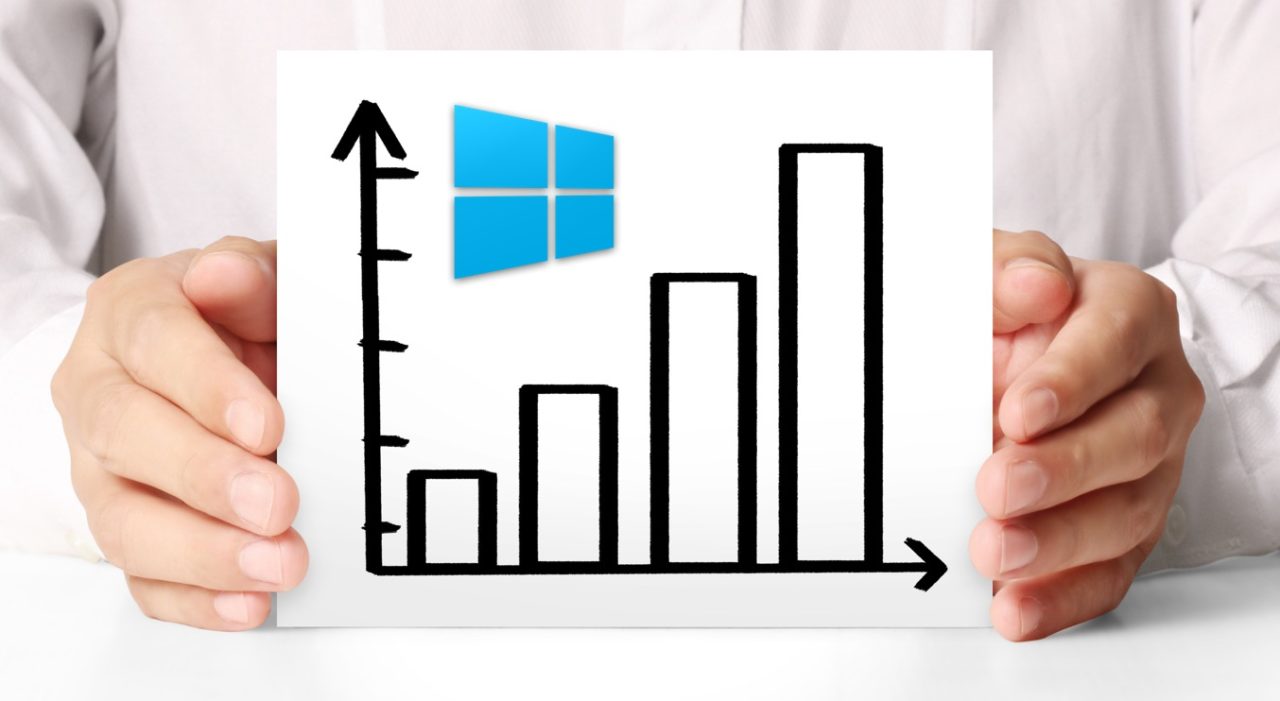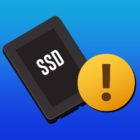Windows 8 Market Share Jumps 40 Percent During August

Microsoft’s controversial Windows 8 operating system may finally be starting to gain some traction in terms of adoption, according to data published Sunday by research site NetMarketShare. The latest end-user operating system out of Redmond saw its market share (including systems reporting as Windows 8.1) jump 41 percent during the month, from 5.42 percent to 7.65 percent. Windows 8’s share may seem small on its own, but when compared to the entire Mac OS X market share, which stands at just under 7.3 percent, the achievement is notable.

Chart shows Windows 8 and 8.1 combined market share versus other versions of Windows and competing operating systems.
Before Windows chief Terry Myerson gets too excited, however, it’s important to note that the Windows 8 jump may not be accurate. NetMarketShare recently rolled out a new measurement methodology which deducts “hidden pages” from its statistics gathering. As defined by the site, hidden pages are those that “are rendered but never viewed by the user, therefore, they should not be included in usage share data. An example of a hidden page is a page that loads in a background tab upon the launch of the browser and is never made visible.” So, while this in theory makes the tests more accurate, it’s not clear if Windows 8’s share is now overestimated, or if it’s always been relatively higher than its measured level and is only now being accurately reported.
Assuming that both the Windows 8 market share total and its reported growth are accurate, a number of factors could explain the increase. First and most obvious is the back-to-school shopping season. Students of all kinds headed to the stores in recent weeks to pick up their computing gear, and Windows 8 is generally the only operating system available on PCs sold via retail outlets (many manufacturers still offer Windows 7 as a built-to-order option, a choice that is still very popular for business users).
Another factor could be the Windows 8.1 Consumer Preview, which was released to the public for free in June. Although targeted at current users of Windows 8, the files provided by Microsoft could be easily used to install a fresh copy of Windows 8.1 on any compatible PC, regardless of the previous operating system. The preview will expire in January of next year, a few months after the official launch of Windows 8.1, so it’s not inconceivable that many users grabbed it with the intention of using Windows for free while the promotion lasted.
Finally, it’s also possible that consumer sentiment towards the dramatically different Windows 8 has finally shifted to the positive. Now almost a year old, many high quality and novel Windows 8 devices have hit the market, and Windows 8.1, set for release in October, will address most of the major customer complaints related to the initial version.
Overall, however, Windows market share for all versions fell slightly during the month, from 91.56 percent in July to 91.19 percent in August. Both Linux (1.25 to 1.52 percent) and Mac OS X (7.19 to 7.28 percent) gained at Microsoft’s expense. Also of note is that Windows 7 continues to hold its ground, and even picked up a small growth in market share for the month. Windows 8’s reported gains were taken from older versions of the operating system, such as Vista and XP.
Both Microsoft and Apple will release major operating system updates this fall. In addition to the aforementioned Windows 8.1, Apple has promised the next version of OS X, which has been designated 10.9 Mavericks. Windows 8.1 will be publicly available on October 17, but Apple has not yet set a release date for Mavericks.
















